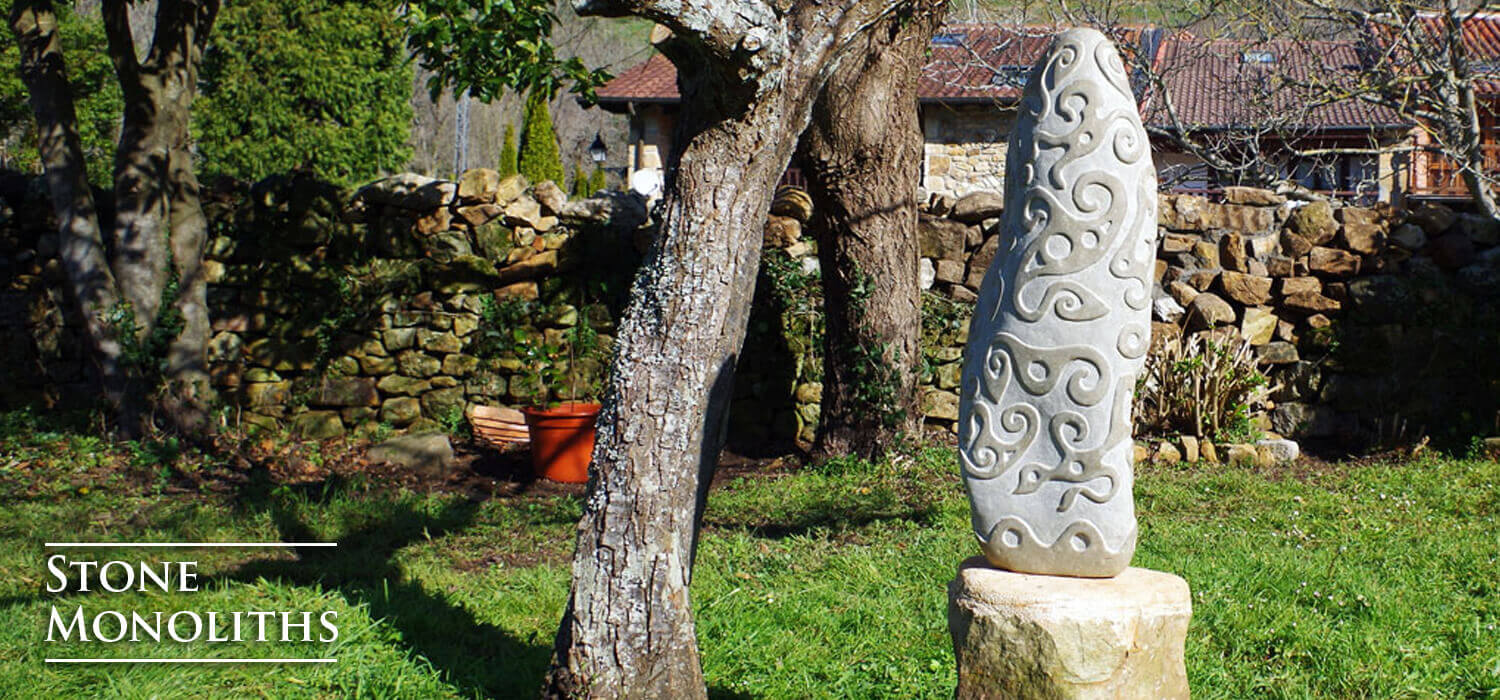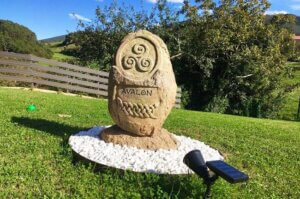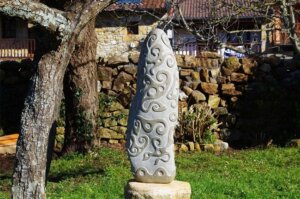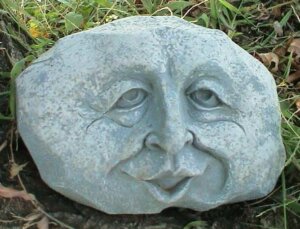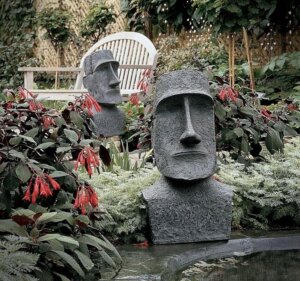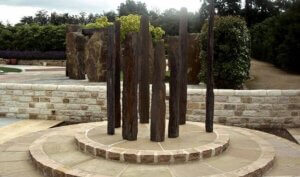Every year a large number of customers look for that perfect piece of stone for their garden. Some people want thin, slender standing slate monoliths, whereas others want the largest granite monolith. Each person has several different requirements to get the stone monolith. There are many families coming to buy stone monoliths for sale and sometimes arguing for hours over which monolith they prefer. Stone monoliths are the most fascinating part of the garden and the below article will tell you why.
So why do stone monoliths create so much enchantment?
The best alternative to the boulder is the monolith. Monoliths are the best used by garden designers. There are many purposes of monoliths in the garden and one of the main is that they act as a focal point. They provide a safe play area as somewhere for children to sit or chat. The simplicity of standing a long shaped stone is an old tradition and the proof is the world’s largest granite monolith.
Most ancient Baalbek monolithic have been related to the alignment of the sun and rays coming through the stones appear to have been used to read the seasons, years, and time. However, if you put stone monoliths such as granite monolith or rudston monolith it will obviously increase the look of your garden.
Sandstone monoliths are known as megalith stones. It is the stance of the stone which brings the admirer to question how it got there. When it comes to the larger stones, no one can clearly say how it was created so incredibly. Standing stones are so fascinating, for our gardens it almost sets a territory, an achievement. A monolith is not a flat-lying stone. It is a statement, and even in small forms that provoke the admirer with the fact that someone or something has been there and changed the position of that natural stone.

